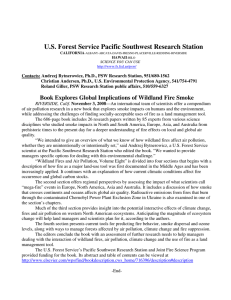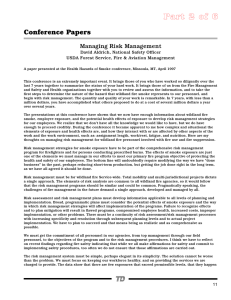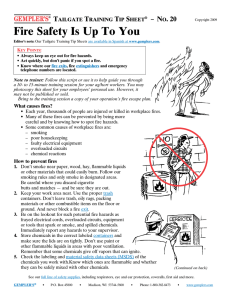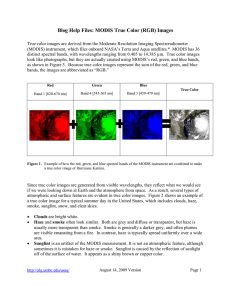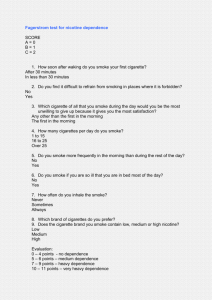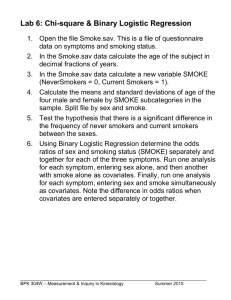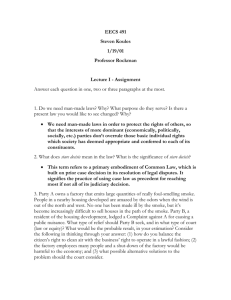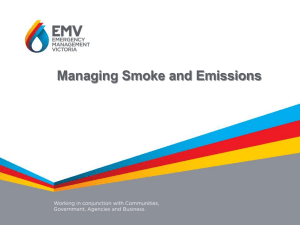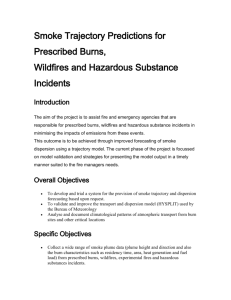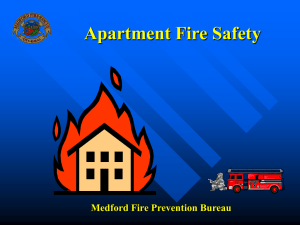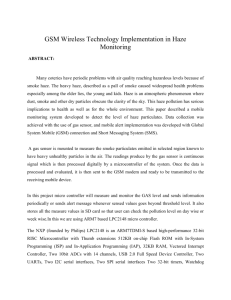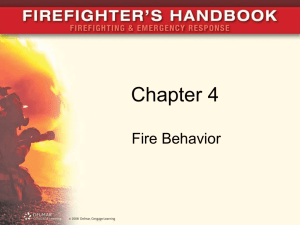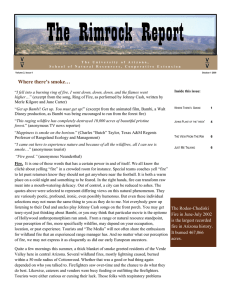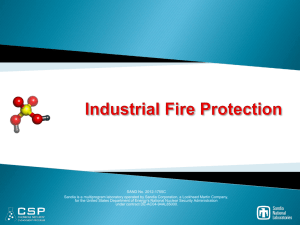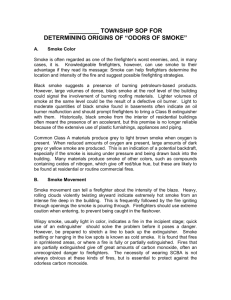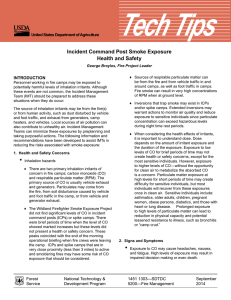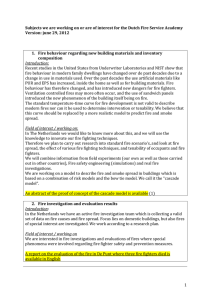Automated Forecasting of Smoke Dispersion and Air Quality Using
advertisement
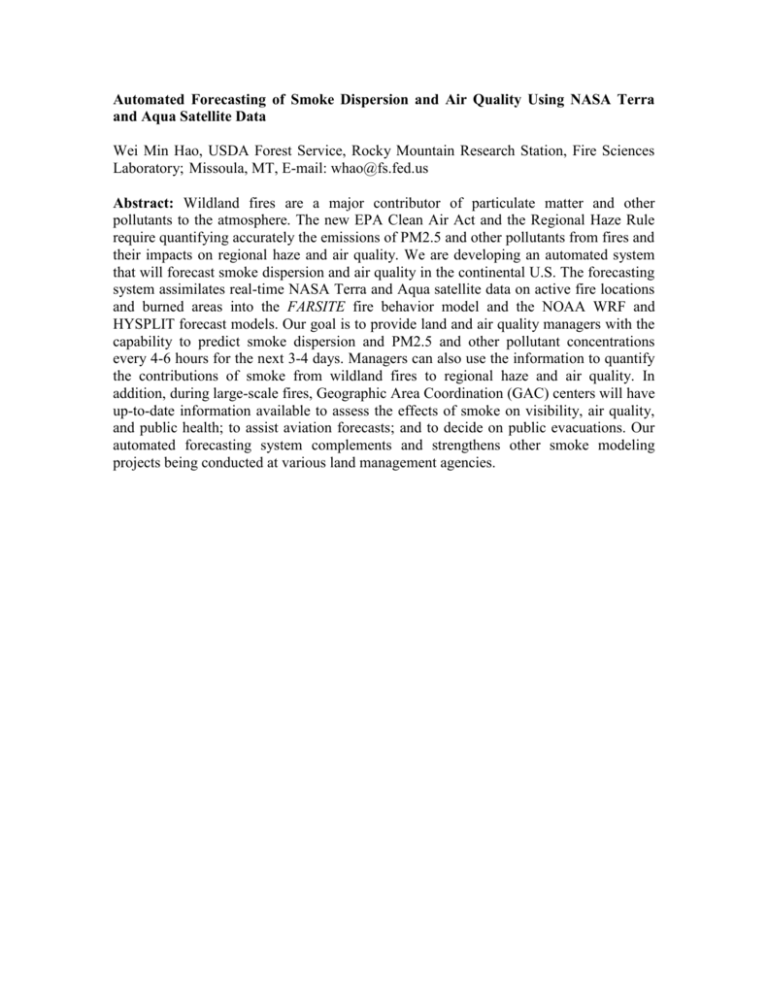
Automated Forecasting of Smoke Dispersion and Air Quality Using NASA Terra and Aqua Satellite Data Wei Min Hao, USDA Forest Service, Rocky Mountain Research Station, Fire Sciences Laboratory; Missoula, MT, E-mail: whao@fs.fed.us Abstract: Wildland fires are a major contributor of particulate matter and other pollutants to the atmosphere. The new EPA Clean Air Act and the Regional Haze Rule require quantifying accurately the emissions of PM2.5 and other pollutants from fires and their impacts on regional haze and air quality. We are developing an automated system that will forecast smoke dispersion and air quality in the continental U.S. The forecasting system assimilates real-time NASA Terra and Aqua satellite data on active fire locations and burned areas into the FARSITE fire behavior model and the NOAA WRF and HYSPLIT forecast models. Our goal is to provide land and air quality managers with the capability to predict smoke dispersion and PM2.5 and other pollutant concentrations every 4-6 hours for the next 3-4 days. Managers can also use the information to quantify the contributions of smoke from wildland fires to regional haze and air quality. In addition, during large-scale fires, Geographic Area Coordination (GAC) centers will have up-to-date information available to assess the effects of smoke on visibility, air quality, and public health; to assist aviation forecasts; and to decide on public evacuations. Our automated forecasting system complements and strengthens other smoke modeling projects being conducted at various land management agencies.
